In this Anatomy Lesson, we will be discussing about Foreshortening in Human Anatomy. My name is Lalit Adhikari, let’s dive into our topic of today at LTY.
Related Topics:
Introduction
Foreshortening in artwork means an illusion of depth. In the case of figure drawing, it’s the difference between drawing my arms in profile and drawing my arms directly to the viewer.
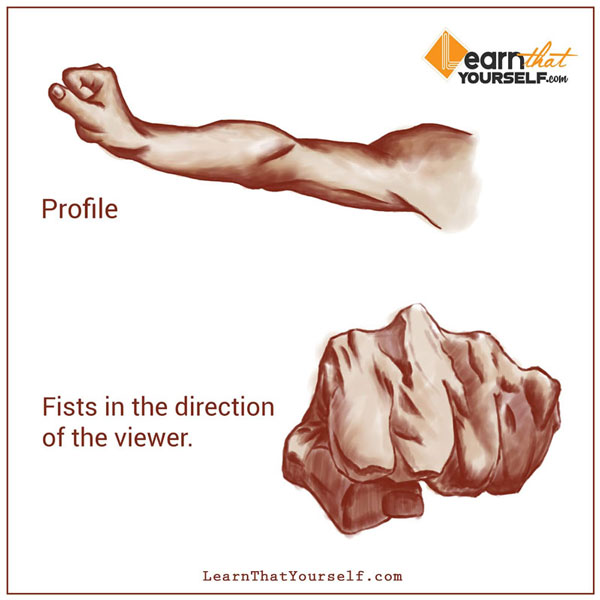
When a figure is foreshortened, the body appears shorter or compressed. Parts of the Human Anatomy can be obscured or hidden and the sizes also can be distorted, for instance, if your hand which is one size at a distance appears much larger when it is extended towards the viewer.
Here, I will share some of the key aspects of foreshortening that will automatically improve your drawing skills.
Related Topics:
Overlapping shapes and forms
Overlapping shapes is one of the most direct ways of creating an illusion of depth. One object placed behind another which overlaps yet another immediately conveys a sense of space.
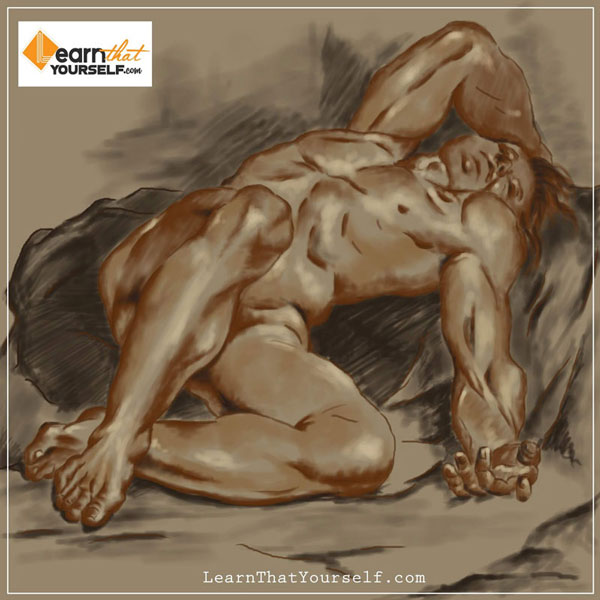
For instance, the calf of the figure overlaps the thighs and the thigh overlaps the torso. Separating shapes can be done using contour lines or shading and keeping one form in front of another.
Although overlapping helps us to separate the forms, we have to remember that the parts of the body are still connected to each other.
Here, we are walking a line between separating the shapes while keeping them still flowing one into the other. And it is done by the means of inter connectivity.
Related Topics:
Inter connectivity of the body parts
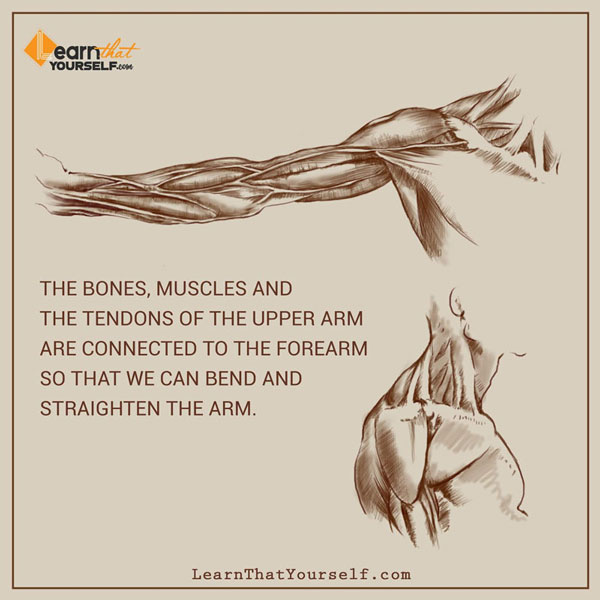
The parts of our body are already interconnected. For instances, the bones, muscles and the tendons of the upper arm are connected to the forearm so that we can bend and straighten the arm.
The bones, muscles and tendons of the forearm are connected to the hand which allows the movement of the hand and fingers.
As an artist, you must have the ability to visually emphasize these connections to suit our purposes.
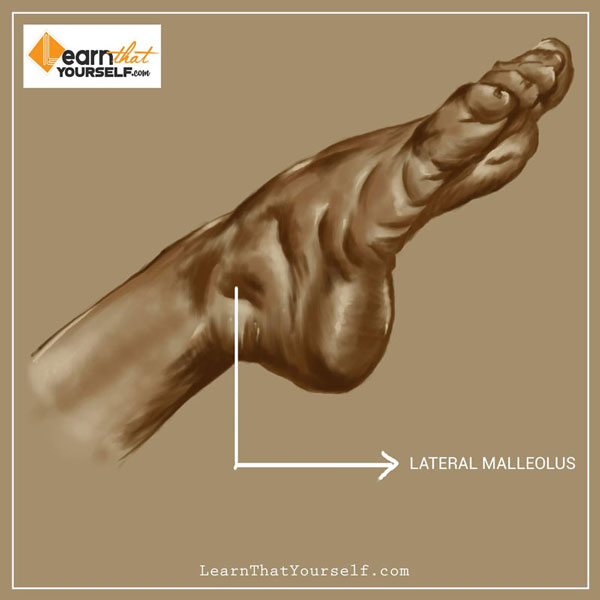
In the image, the shadow comes down the calf around the lateral malleolus of the ankle and visually unites the calf with a foot.
Contour lines are also connectors visually leading the eye from one part of the body to another. Even a highlight can unite the parts of the body.
Related Topics:
Shading
When an object recedes into space their modelling tones can change as well.
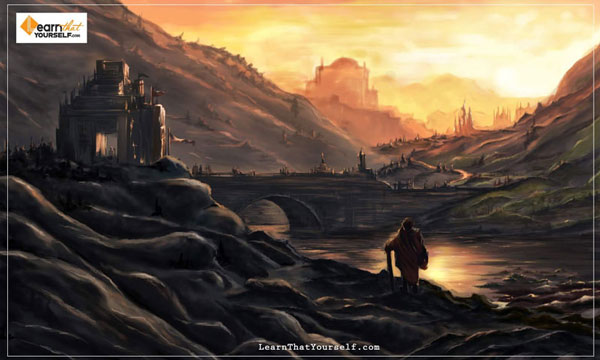
Especially in landscape painting objects in the background are lighter, less saturated and have less contrast then objects in the foreground. Changing tones or shapes as they recede into the background helps to heighten the effects of foreshortening.

The thigh starts to get darker at the knee joint and then gets lighter as it moves up the thigh. Or the arm where it starts to get dark at the elbow and then gradually goes lighter as it descends towards the wrists.
In fact, the entire figure goes from dark to light starting with the soles of the feet and moving to the head and the arm.
Related Topics:
Best example of foreshortening
The best example of foreshortening is the creation of dynamic poses.
The first thing I want to mention is that it’s not a crime to copy the gesture of the poses. Poses are difficult especially dynamic poses and there are endless references and inspirations for you.
And if you got to approach something as complex as the dynamic pose then you are bound to hit the point of frustration. So, especially if you are still learning or not very experienced then there is no shame in copying the poses.
And that is a great way to learn and dedicate to your artistic memory of learning how muscles work together, creating certain hand poses. Though I would say that keep in mind that rather than copying the pose exactly try and stretch yourself outside of the boundaries of just a simple rigid copy.
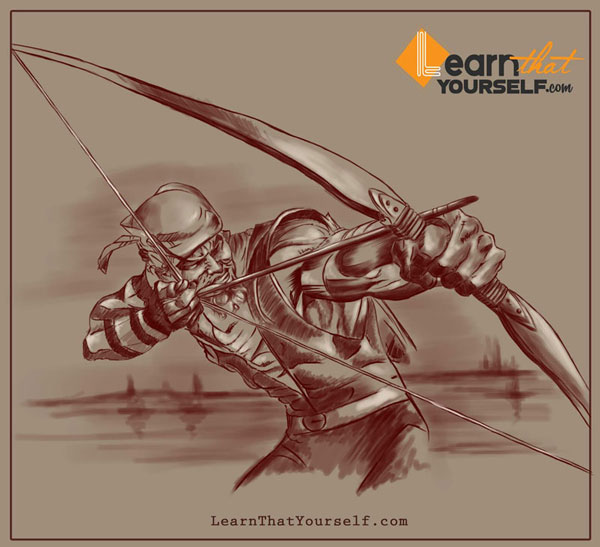
As you can see what I’ve drawn is almost one for one copy of an actual character pose. But once you’ve actually copied the anatomy and used the reference as far as you’ve needed allow yourself to experiment and play outside the boundaries of the initial pose.
Even though it will end up with obviously something derivative of the pose that you’ve copied but also sort of something on its own and you will be able to express yourself and learn in the process.
If you are following our Free Anatomy Lessons and Tutorial Guide, then next you should read about, ‘Basics of Muscle Anatomy in Human‘.
Related Topics:
- Elements of Design
- Graphic Design: Everything you should know!
- Color Profile
- List of websites for Royalty free images
- List of websites for Royalty free Raw images


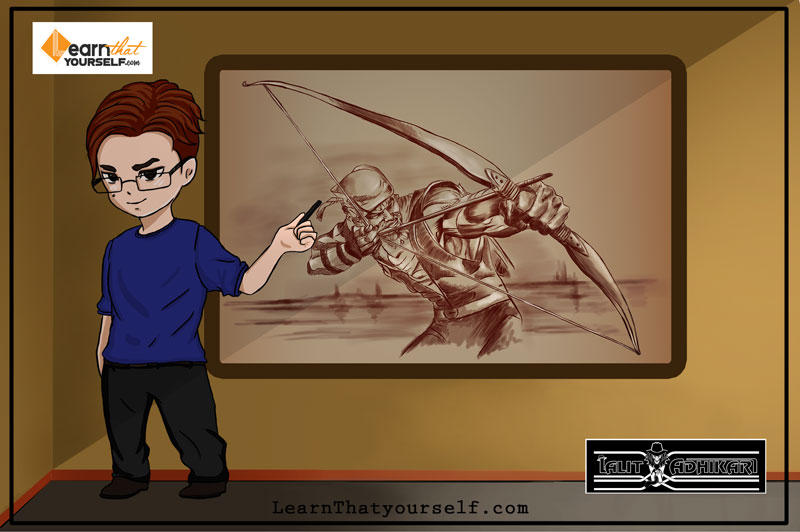

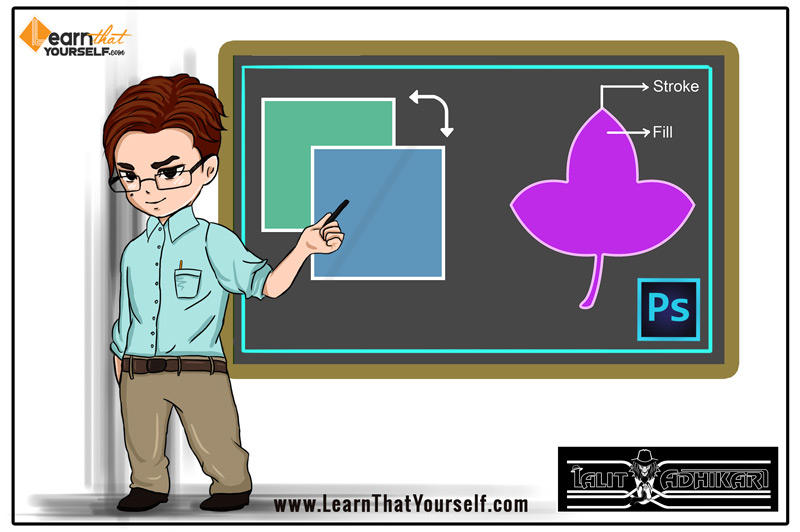
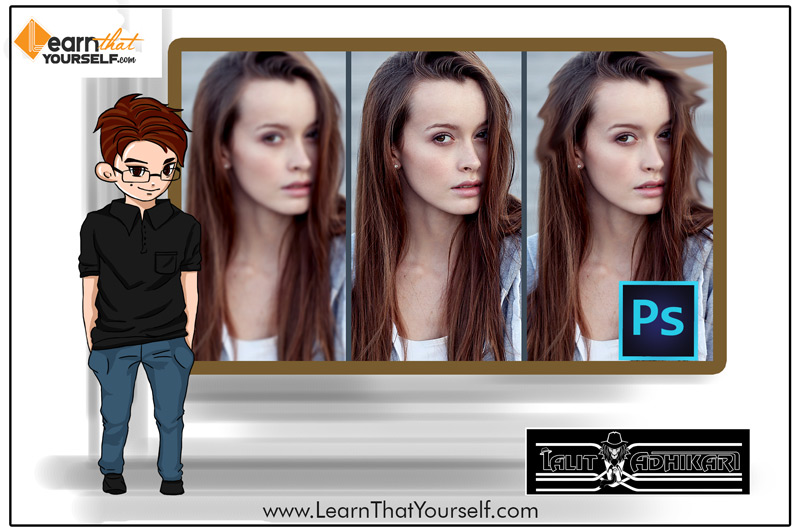

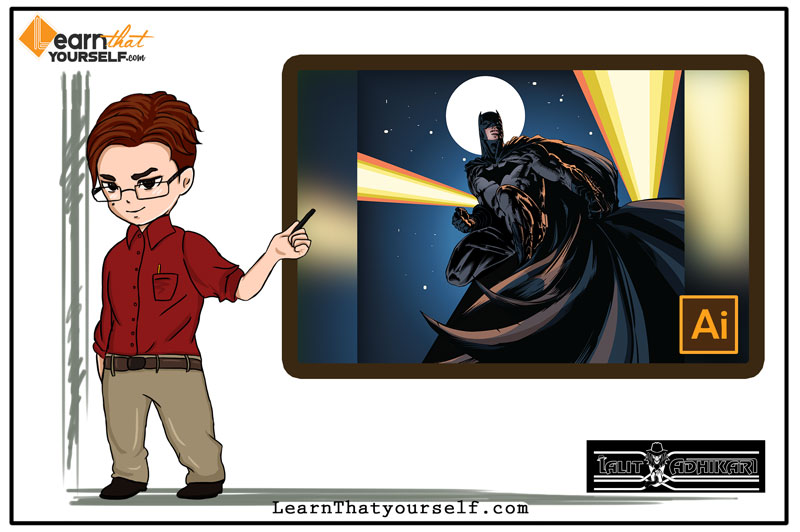
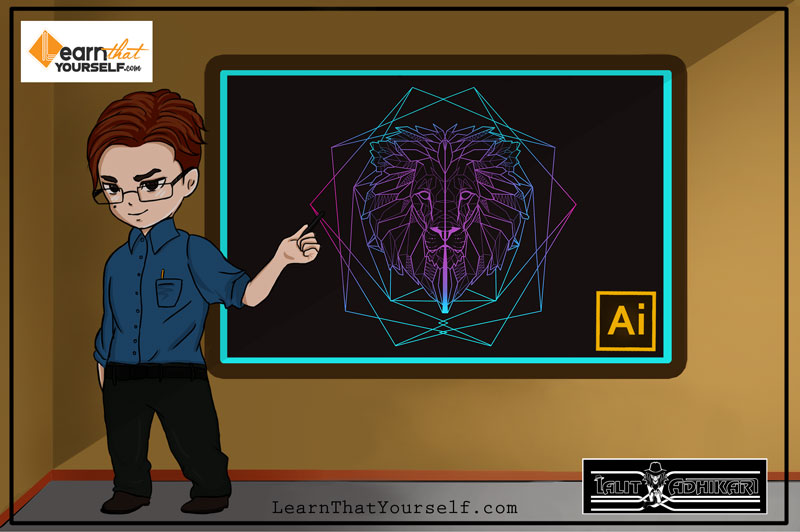
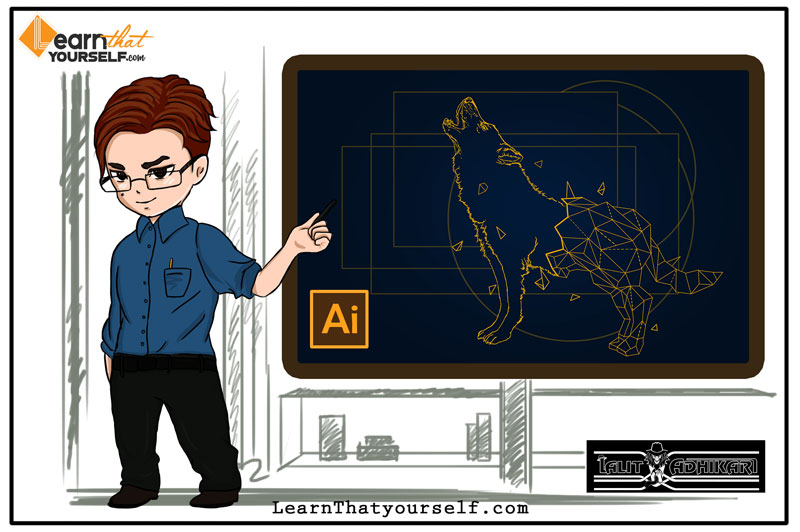
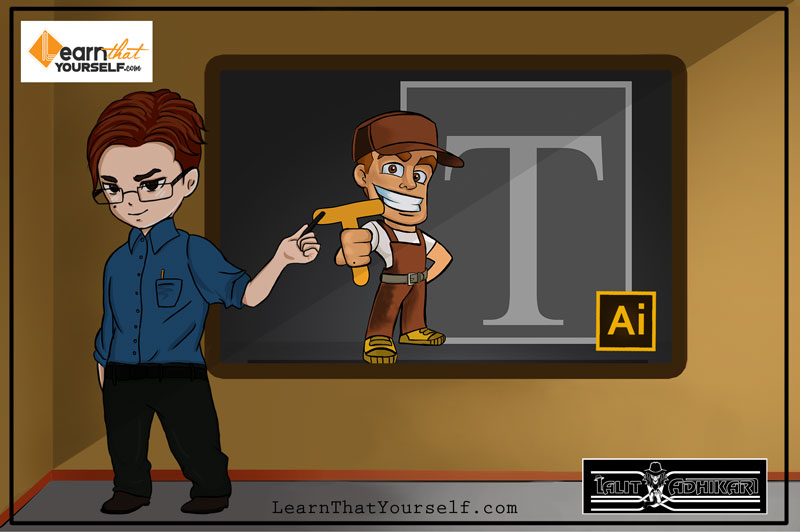
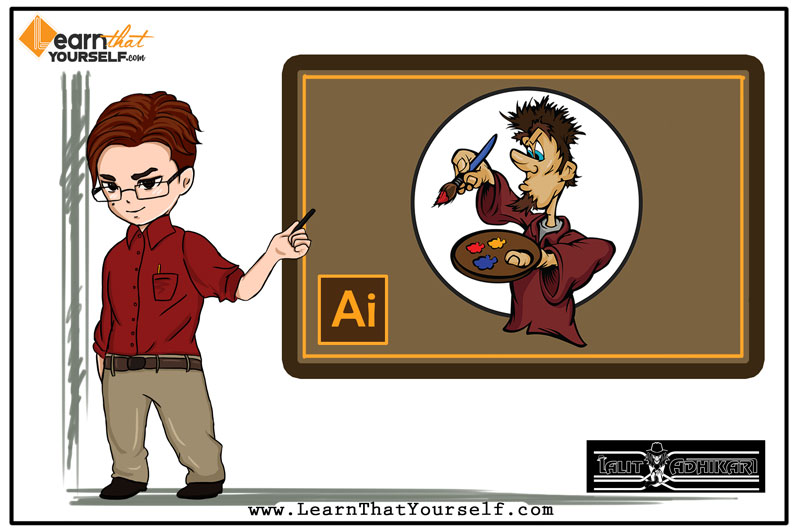
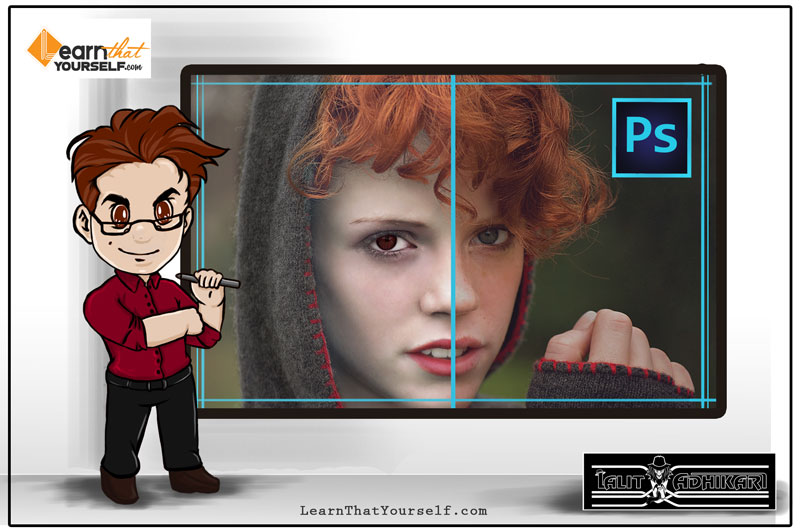
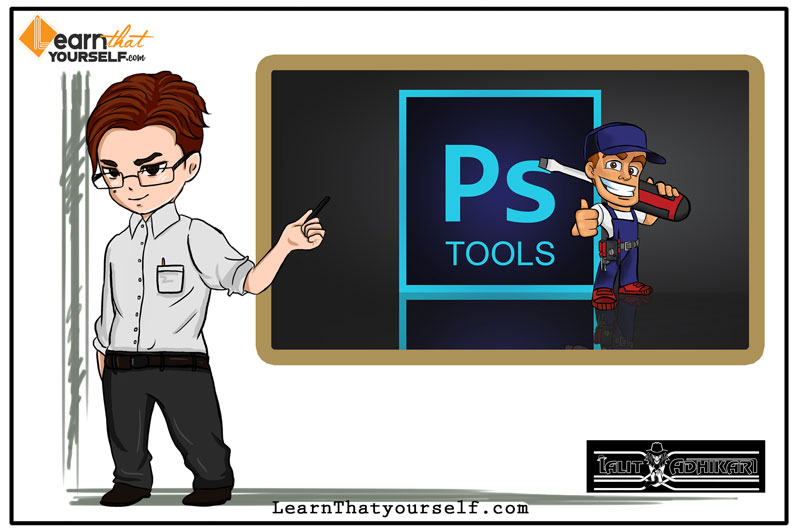
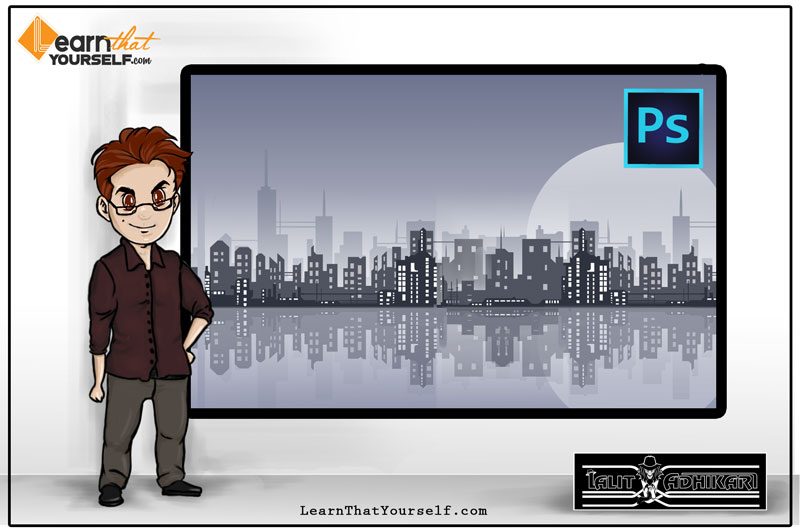
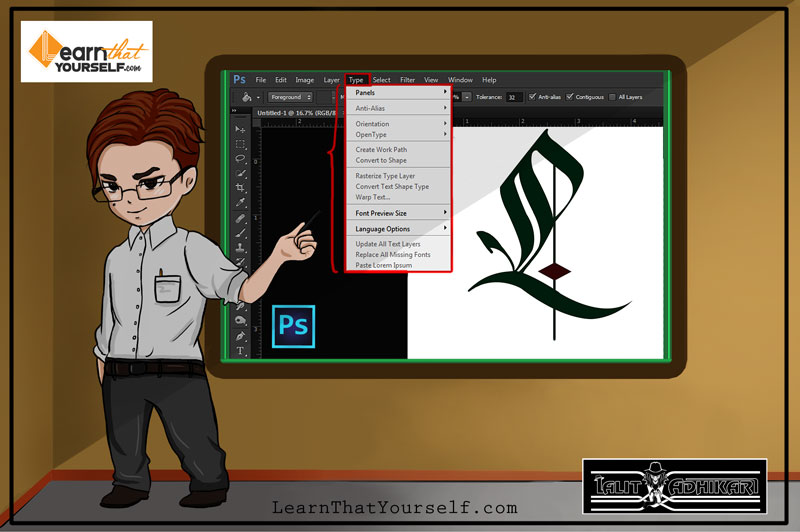
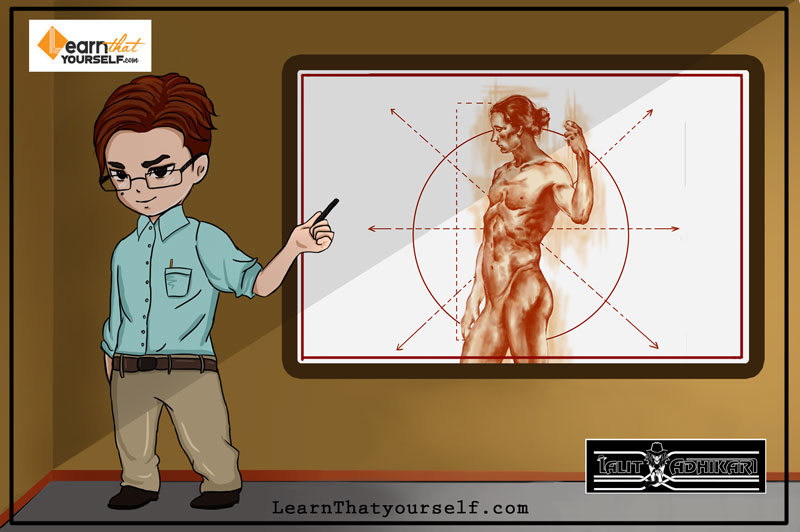

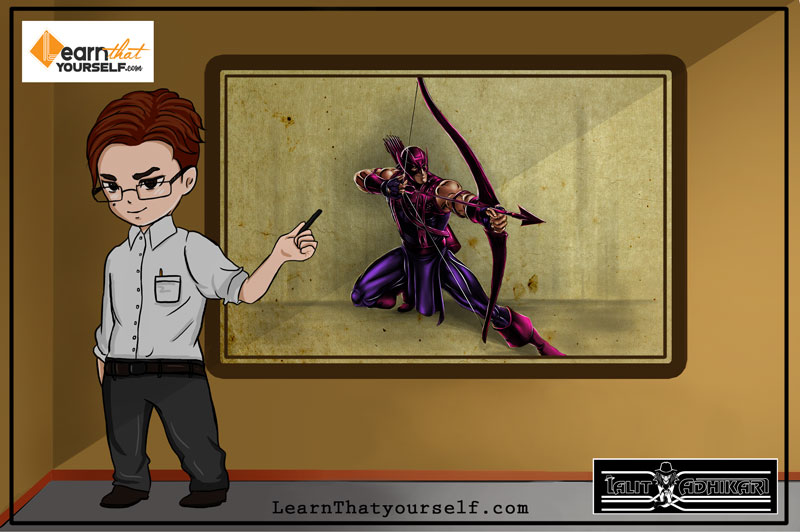
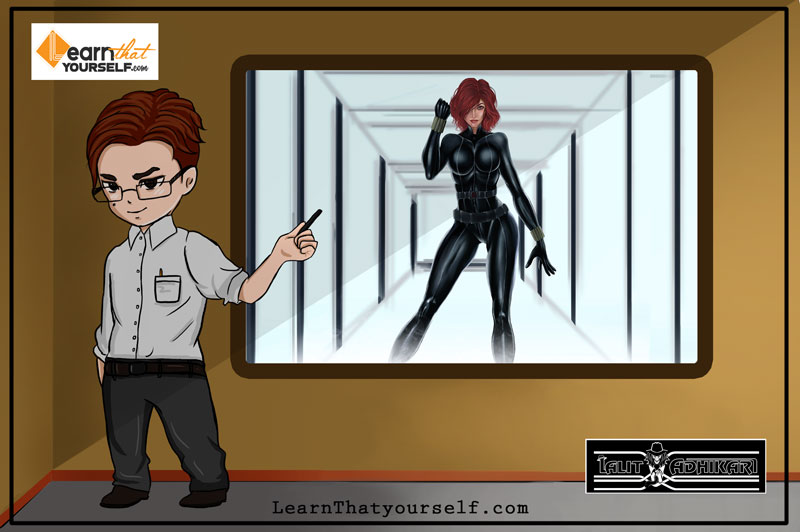
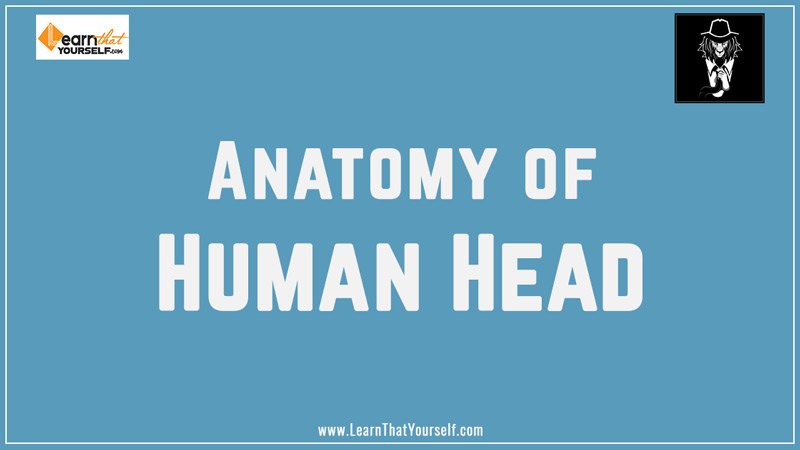


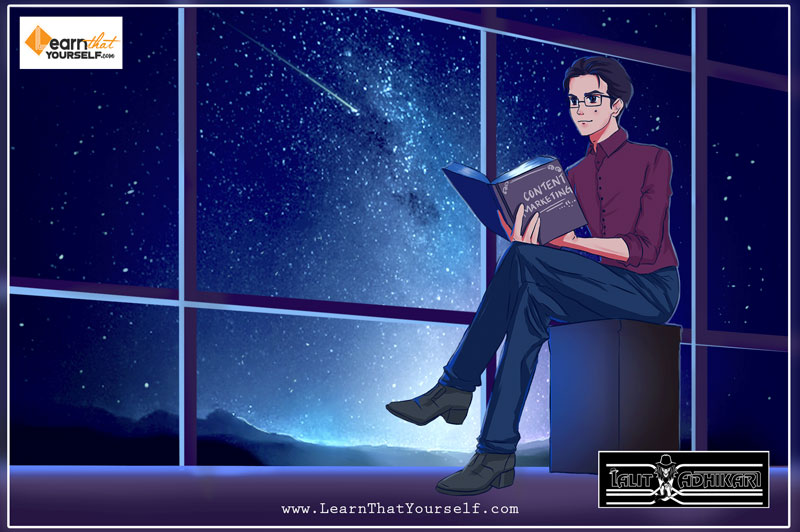

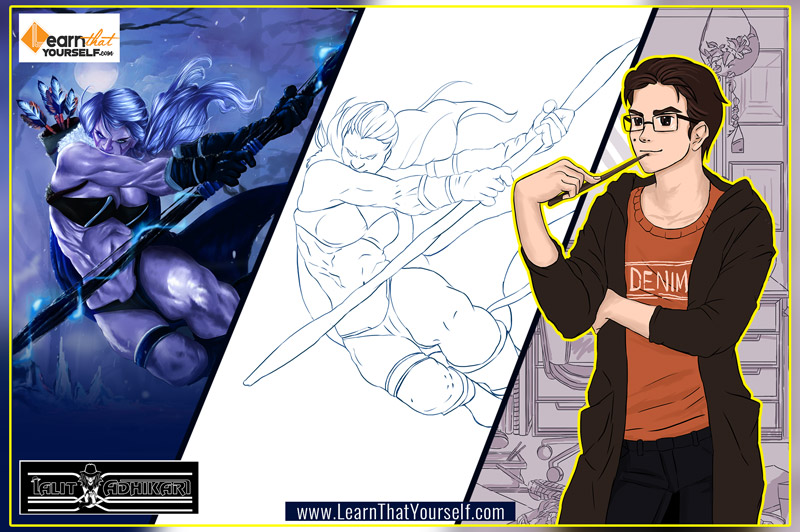
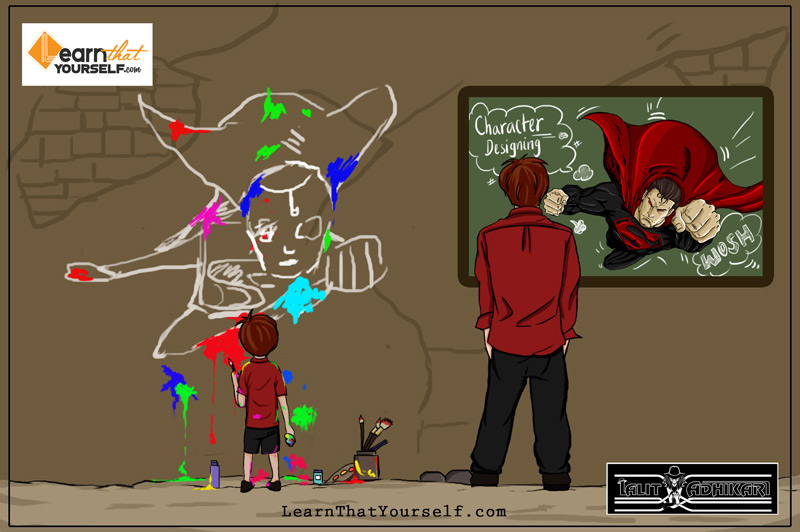
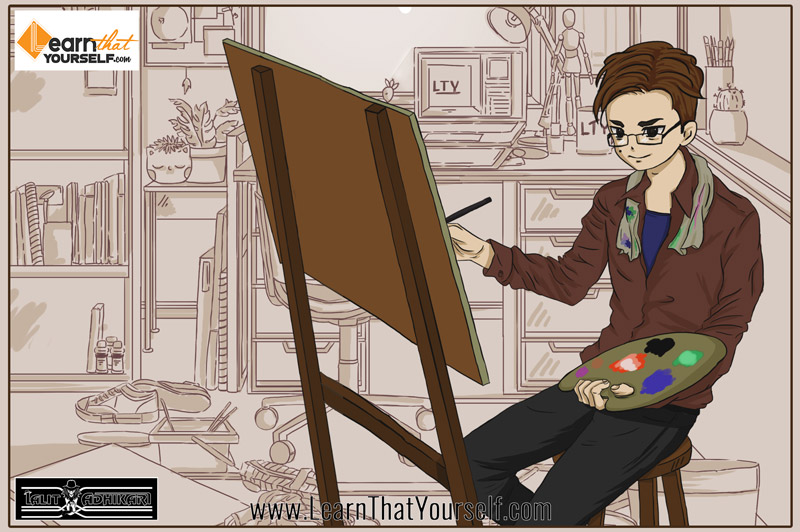
very nice blog
Very nice…..content…
Nice blog….